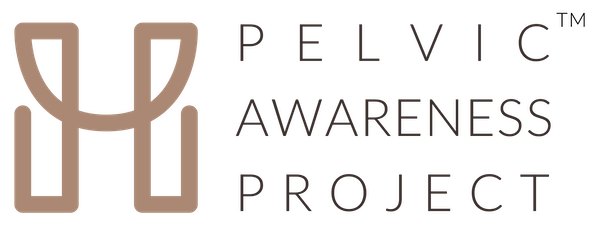Discovering you have pelvic organ prolapse may give rise to negative emotions, and raise a lot of questions.
You might be worried, upset and anxious. You’re likely wondering about exercise, sex and pregnancy, and even using tampons. You might be looking into treatment options.
A common question is also: Can pelvic organ prolapse go away on its own? Let’s explore the answers.
All About Pelvic Organ Prolapse
How You Know You Have Prolapse
The organs in your pelvis are held in place by pelvic floor muscles. These act like a hammock that holds your bladder, colon and uterus in place. But there are times that the muscles become weak and that can lead to a condition known as pelvic organ prolapse.
Prolapse means that the organs have slipped down, or out of place. A common type of pelvic organ prolapse is bladder prolapse, which is when the bladder pushes down and against the wall of the vagina. But because the organs are connected to each other, they often drop down together. Sometimes they slip so far that they bulge out of the vaginal opening.1
There’s also vaginal prolapse, which is when the top of your vagina falls from its normal location in your body. What causes vaginal prolapse? Vaginal prolapse, also called a vaginal vault prolapse, happens when the top of your vagina becomes weak and the organs that they should be supporting collapse into your vagina.2 Vaginal prolapse means the vagina or birth canal—the tunnel that connects your uterus to the opening of your vagina—has fallen into your vaginal canal.
Bowel prolapse happens when your small intestine or small bowel descends into the lower pelvic cavity; and rectum prolapse is when the tissue between the rectum and the vagina weakens or tears and the rectum pushes into the vaginal wall.
Symptoms of prolapse are related to your bladder and bowel, such as incontinence, constipation, or difficulty urinating. You might feel pressure or heaviness in your pelvis or lower abdomen. You may even feel or see a bulge at the opening of the vagina. Prolapse is common and treatable. It’s important to seek medical attention to be properly diagnosed and discuss treatment options.
Treatment for Prolapse
There are different stages of severity of prolapse, which are defined by how far the bladder, womb or bowel have dropped down in the pelvis. In a first-degree or mild pelvic organ prolapse, it may even go away again after a few months or years. Mild pelvic organ prolapse often doesn’t cause any symptoms, or create a feeling like something is pushing down or there’s a foreign object in your abdomen.1
But it’s also true that it may gradually get worse over time.The treatment options for prolapses include pelvic floor exercises, vaginal pessaries and surgery.
Pelvic floor physical therapy, such as Kegel exercises, may be enough to relieve prolapse symptoms.3 Kegel exercises can actually strengthen your pelvic floor, and can be used for prevention and treatment. To do them, squeeze as if you are holding in urine or gas and hold for three seconds. Repeat several times, and do them up to four times a day.4 Research has proven that pelvic floor exercises help keep pelvic floor muscles “fit.”
You can consult with a pelvic floor physical therapist or pelvic floor occupational therapist to assist with Kegels. Pelvic floor muscles can also be trained using a tool like the INNOVO Urinary Incontinence Kit. The shorts and controller will help you perform Kegel exercises properly, in short 30-minute sessions, ensuring you’re doing the exercises properly and strengthening your pelvic floor. If prolapse becomes severe, surgery may be required. The most common procedure is known as the sling procedure, in which a surgeon uses mesh to build a sling or hammock that supports the urethra. But in cases of mild pelvic organ prolapse, or if it’s treated before symptoms worsen, pelvic organ prolapse may go away.
Prevention of Prolapse
Lifestyle changes can also help pelvic organ prolapse go away on its own, or help prevent it from occurring.
Besides doing Kegel exercises to strengthen your pelvic floor muscles, here are some other lifestyle suggestions:
- Maintain a healthy body weight
- Eat a healthy diet
- Stop smoking
- Use proper lifting techniques5
Staying fit with exercise is good for your overall well-being. If you have a prolapse, you should avoid some exercises, like lifting heavy weights and high-impact aerobic activities involving jumping.
But you can do Kegel exercises, and according to Dr. Anne Fabiny, the Editor in Chief of Harvard Women’s Health Watch, “After a few months, you may find that your pelvic floor is strong enough to let you increase the types of exercises you do.”4
Ask your doctor
Before diagnosing yourself, or making any decisions about exercises or other treatments, it’s important to seek medical advice. Use our Physician Finder to find a pelvic floor specialist in your area, or ask your family doctor for diagnosis, treatment and support.




















